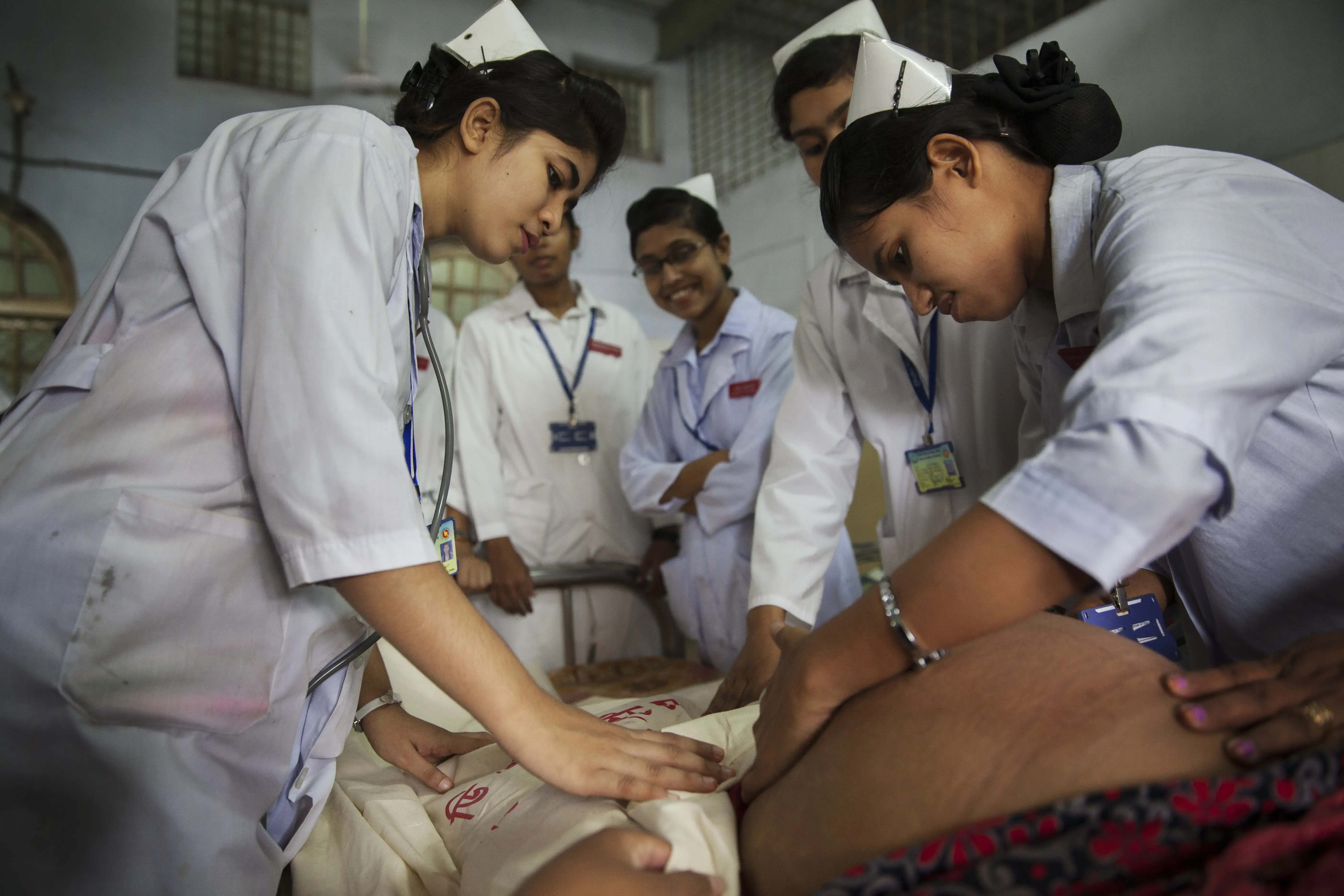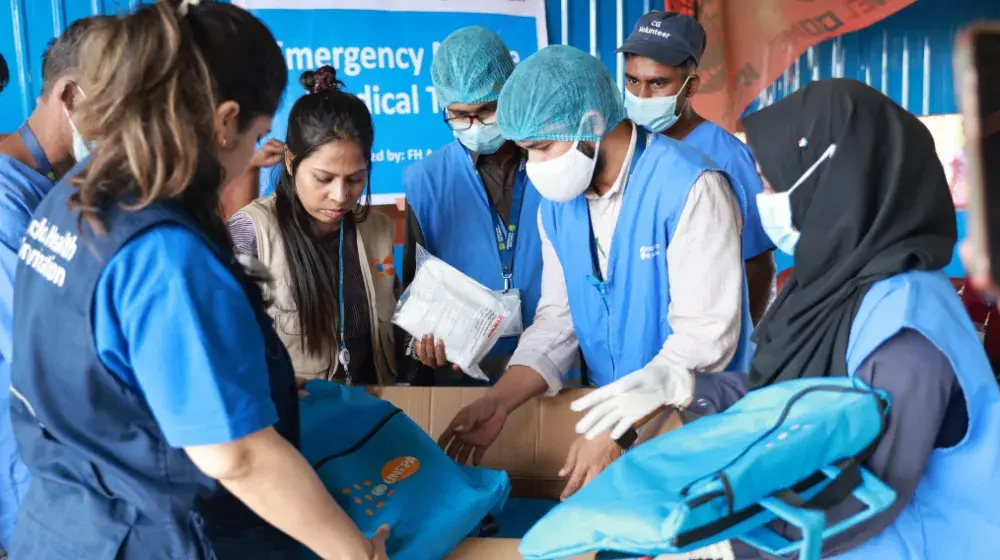While Bangladesh has made gains in maternal health provisions, there are still marked gaps and unmet need for services. 38% of deliveries in Bangladesh still take place in the home and in only 42% of cases a skilled birth attendant is present, directly contributing to the 5,200 maternal deaths which are estimated to occur each year because of pregnancy-related causes—a high figure by international standards, but down from close to 12,000 per year in 2004. As many as two-thirds of these deaths would be preventable. Global evidence shows that midwives who are educated and regulated to international standards can provide 87% of the essential care needed for women and newborns, and investing in midwifery education and deployment to community based services can potentially yield a 16 fold return on investment in terms of lives saved and costs of caesarian sections averted.
Since 2010 rapid developments have taken place to establish the midwifery profession in Bangladesh. A commitment was made by the Prime Minister Sheikh Hasina in 2010 to create posts for 3000 midwives across the country. Following this post-basic trainings were offered to nurses to qualify them as midwives and a three-year direct entry diploma course was established to educate professional midwives. 597 midwives graduated from the three-year diploma course in midwifery in late 2015 and were officially licensed in February 2016. 600 certified midwives, nurse-midwives who completed a six-moth post-basic training, have already been posted to sub-district level health facilities.
In April 2016 30 members of the nursing faculty teaching midwifery students in 15 nursing institutes across Bangladesh enrolled in an online master’s programme with the Dalarna University, Sweden. The course in Sexual and Reproductive Health and Rights is free of cost for the women and is the first of its kind in Asia. The graduating faculty members are expected to be in a position to deliver higher quality instruction to the midwifery students. In addition the Directorate of Nursing Services (DNS) is implementing an in-service training on clinical mentorship and preceptorship for all midwifery faculty and hospital staff involved in helping students translate classroom learning in to clinical competencies.
Centers for Excellence in midwifery education have been established. These educational programs are hosting foreign midwifery mentors to support the faculty to strengthen the educational quality. As part of these Centers for Excellence Upizila health centers, where midwives are deployed, have been chosen to demonstrate that midwifery-led care is the best care maternity centre, as has been recognized widely on a global level.
For the midwives being deployed, the DNS is providing orientations to support them in their transition into the professional clinical midwife profession and also for their managers, to help facilitate enabling environments where midwives can practice to their full competencies.








